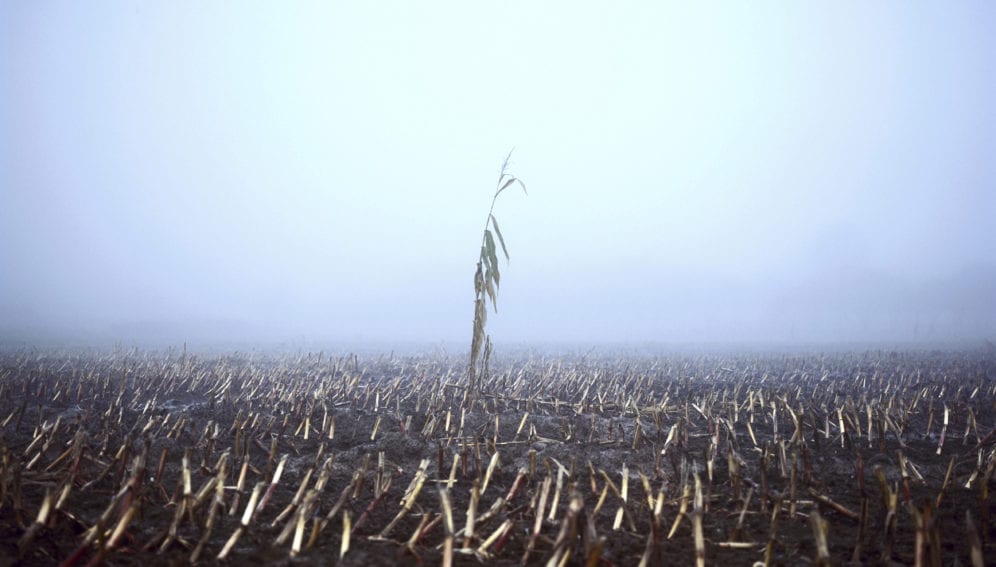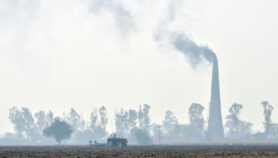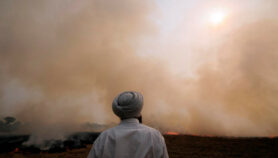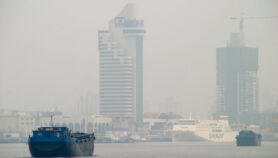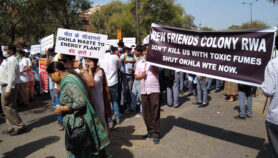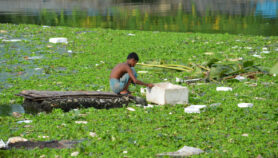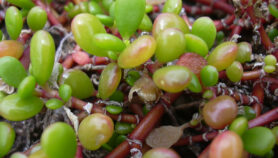By: Saleem Shaikh
Send to a friend
The details you provide on this page will not be used to send unsolicited email, and will not be sold to a 3rd party. See privacy policy.
[ISLAMABAD] Nepal’s lowland ‘Terai’ region, a part of the Indo-Gangetic Plain (IGP), is seeing a rise in foggy conditions in winter, a trend that could affect agricultural production, says a joint Nepal-Australia study.
The study, published online this month (May) in Agricultural and Forest Meteorology, relied on visibility data from 1980 to 2015 available at the Terai airports of Nepalgunj, Bhairahawa, Simara and Biratnagar to show a rising trend in the number of foggy days and hours in the region during the November—February winter season.
“With expanding foggy weather conditions, infestations by pests, such as stemphylium blight, on lentils, potatoes, aubergine, chillies and tomatoes are now more commonly reported in the lowland areas”
Shreemat Shrestha, University of Melbourne
“Forty of the 120 days of winter used to be foggy days in the country’s plain areas, but over the period studied, the number of foggy winter days has doubled,” says Shreemat Shrestha, lead author of the study and research scholar at the department of infrastructure engineering of the University of Melbourne.
“We found, on average, that foggy days in Nepal’s lowland areas are increasing by 1.5 days annually, while daytime foggy hours are growing at the rate of about 6 hours per year,” Shreshta tells SciDev.Net.
Shreshta says rising air pollution across the IGP and increasing agricultural irrigation are factors contributing to the increased number of fog events in the Terai, considered to be Nepal’s food bowl as it accounts for 60 per cent of the country’s agriculture production.
According to Shreshta, this has implications for agricultural productivity and food security since sunshine acts as a catalyst for photosynthesis, the process by which plants make food from carbon dioxide and water. Foggy conditions not only reduce ‘photosynthetically active radiation’ but also reduce the temperatures that affect growth of the winter crops like wheat, maize and pulses.
“With expanding foggy weather conditions, infestations by pests, such as stemphylium blight, on lentils, potatoes, aubergine, chillies and tomatoes are now more commonly reported in the lowland areas,” Shrestha says.
Golam Rasul, agro-ecologist at the Kathmandu-based International Center for Integrated Mountain Development, tells SciDev.Net that emissions from brick kilns, diesel-run irrigation pumps, the burning of crop residue in the IGP, particularly in India’s Punjab and Haryana states, and the suspension of pollutants in cold air are major reasons for foggy weather conditions.
“Without addressing air pollution from these sources in the IGP, it will be difficult to tackle foggy weather,” Rasul warns.
Bed Mani Dahal, associate professor, Department of Environmental Science and Engineering, Kathmandu University, tells SciDev.Net that short-duration, disease-resistant crop varieties, integrated pest management practices and changing cropping patterns can help mitigate the negative impacts of foggy weather.
This piece was produced by SciDev.Net’s Asia & Pacific desk.


